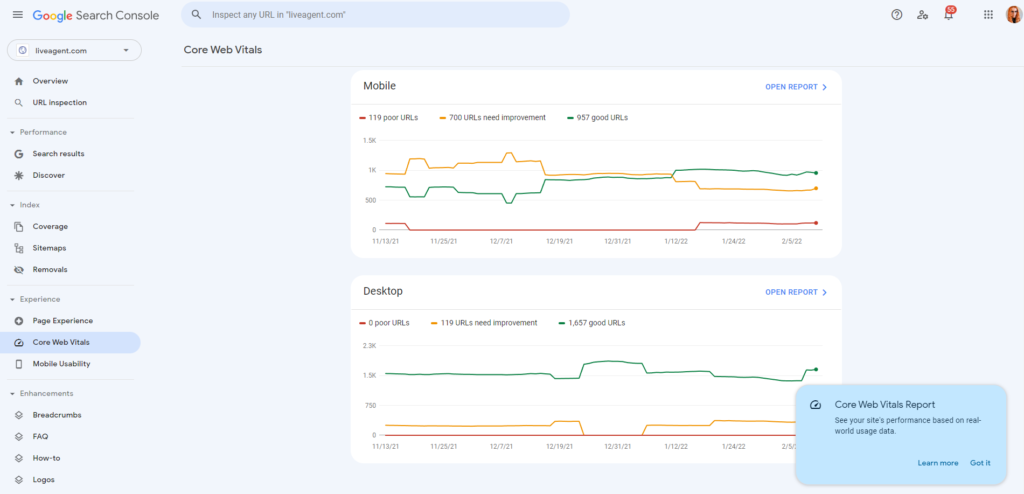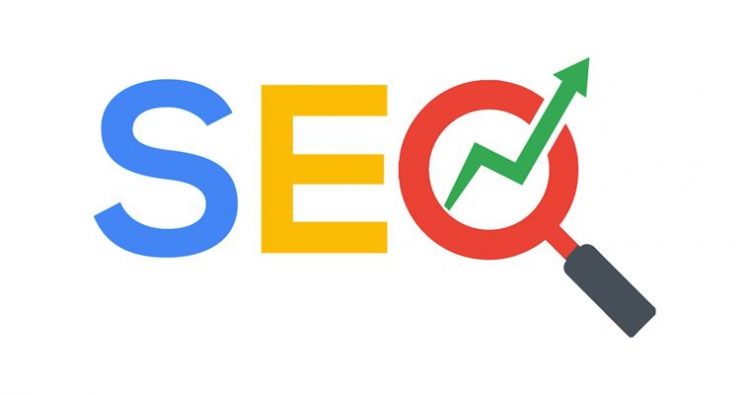
Ecommerce sites have to deal with many technical SEO difficulties, including the fact that they may have thousands of pages. It can be difficult to write unique content for every page. Additionally, there are more chances for duplicate content issues if you have more pages. Ecommerce websites often have thousands of products. Each product requires its own page. There are slight variations that require a unique URL. This can increase the number of pages on an ecommerce website. To avoid this, you will need to identify which pages are redundant and remove them without affecting SEO.
Content
There are many things that you can do to make SEO for ecommerce sites more search engine friendly. To avoid duplicate content, ensure that every page contains unique content. Advanced SEO techniques such as category menus and canonical tags are used to make sure pages have unique content. When building your site, create a URL for every version of a page. So, when a user clicks on a specific product or category, the search engine knows that each page is unique.

On-page Search Engine Optimization
While the search engine optimization strategies have evolved over the years, they still remain one of the most effective, especially for highly competitive niches, such as eCommerce. The internet is being used more frequently by consumers to find products. In fact, 87% of consumers use search engines to look up products. Because online shopping is so convenient, vendors have expanded the range of products they offer. It is possible to order an automobile online, and it will be delivered directly to your home.
Google products
Google products ecommerce websites must optimize their search engines for SEO. Google searches look at site structure and how it is laid out. Rankings will rise if it's easier to identify the content of a website. This article will discuss the most important SEO factors for ecommerce sites that use Google products. These tips will help you increase your online shop's visibility as well as conversions.
404 pages
Online store owners often neglect to include the URL 404 page in their SEO plans. While product and homepage pages are important for any online business, they can also be critical for online businesses. Even though customers will often attempt to access pages that do not exist, they could have entered the wrong URL or clicked a broken link. This can be avoided by optimizing the 404 page. The following are some tips for SEO for 404 pages on ecommerce sites.
User-friendly design
An SEO for ecommerce websites with a user-friendly layout can help you rank higher in search engines. These are just a few of the many benefits that such a design can bring. For one thing, websites that are user-friendly tend to get more traffic than those that are not. Also, faster loading websites can lead to higher SEO rankings. This is good for your site as it will make it easier online for people to find it. A professional, organized design is a great way to instill trust and create loyal customers.

Creating unique URLs
Content marketing is a great way to generate traffic and links to your ecommerce store. Your URLs should be short and simple to understand to get your audience to share your content. Remember: search engines do not like surprise and excitement. Search engines are more interested in readability, consistency, value, and usability. Dynamic URLs can change the URL parameters. Also, dynamic URLs allow you to have different URLs for different cars if they are sold.
FAQ
SEO: Is link building still relevant?
Link building will continue to be important, but the way you approach it today is very different from 10 years ago. How businesses find customers and make sales is the biggest challenge they face today. Search engine optimization helps with this.
Social media has become a key tool for businesses. Content marketing strategies have also become very important. Google penalizes websites with too much backlinks, so link building seems less effective. This is understandable since linking to too many other sites will likely mean that there isn't much original content on your site.
These factors all mean that link building is no longer as important for ranking your website.
Is My Website Located Where?
Your website needs to be found at the top results page of search results. That means that it needs to appear near the top of every search result. However, some searches may have hundreds of pages. How does your website stack up against these other websites?
What are different SEO strategies?
Search engine optimization (SEO), search media optimization (SMO), as well as pay-per click advertising (PPC) are all examples of different SEO strategies.
SEO optimizes content using certain keywords. This can be done with text formatting or HTML code.
This makes your site appear higher on search results pages.
Social media optimization (SMO), is a way to optimize your website for use on social networks such Facebook, Twitter, and Google+.
These help build your brand reputation online, making visitors more likely to visit your site when searching for related topics.
PPC ads also appear at the top Search Results Pages, showing relevant products & services.
Advertisements on Google paid searches are the most popular type of PPC advertising. These ads can be very effective, even though they cost a lot.
There are many other types of PPC advertising, including video ads, display ads and sponsored posts.
How do you get started in SEO?
There are many ways to get started with SEO. You must first identify which keywords you would like to rank. This process is called "keyword research." Next, you will need to optimize every website page for the keywords.
Optimization includes adding relevant titles, descriptions, and meta tags; creating unique page URLs; and linking to other websites. After optimization is completed, your website will be submitted to search engines such Google, Yahoo! and Bing.
To see if you are succeeding or failing, you need to track your progress.
Statistics
- If two people in 10 clicks go to your site as a result, that is a 20% CTR. (semrush.com)
- : You might have read about the time that I used The Content Relaunch to boost my organic traffic by 260.7%: (backlinko.com)
- 93%of online experiences today begin on search engines. (marketinginsidergroup.com)
- Which led to a 70.43% boost in search engine traffic compared to the old version of the post: (backlinko.com)
- Deleting those 10k pages is one of the main reasons that he improved his site's organic traffic by nearly 90%: (backlinko.com)
External Links
How To
How do I set up my first blog?
It's simple! WordPress is an excellent tool for creating a blog. WordPress allows users to easily modify the look of their blogs, including adding themes, changing colors and customizing the layout. They can also create plugins that will automatically alter certain aspects of the website according to visitor activity.
WordPress.org offers many templates for free and premium templates that are more expensive. Premium templates come with additional features such as extra pages, extra plugins, and advanced security.
Once you've downloaded your template, you'll need to sign up for a free account with a hosting provider to upload your files and run your blog. Many hosting companies offer free accounts. However there are limitations to how much space you can have, how many domains your site can host, and how often you can send emails.
If you plan to use more domain names, you will also need to purchase separate email addresses. For this service, some hosts charge a monthly cost.
You might be new to blogging and wonder why it is worth paying to have your blog hosted online. Hosting companies offer unlimited storage, so your files won’t be deleted even though you delete them accidentally.
Many hosts let you host multiple domains. That means that you can have different websites under the same hosting plan. You can avoid signing up for multiple email accounts and maintain all your sites through one interface.
Some hosts include social media sharing buttons on their dashboards, allowing visitors to share posts across the internet quickly and easily.
You can usually manage your blog through the tools offered by hosting providers. You can view the performance stats of your website, see how many people visited each post, and compare your traffic with other blogs.
These tools can make managing your website easier and quicker, so it's worth taking a look at them before you commit to a hosting plan.
To sum up:
-
Select a topic that is relevant to your business.
-
Create engaging content;
-
Optimize your site using SEO techniques;
-
Promote your site using social media channels;
-
You can monitor your statistics and make adjustments if necessary.
-
Remember to update your blog regularly.
In short, create good content, promote it effectively, and track its success.